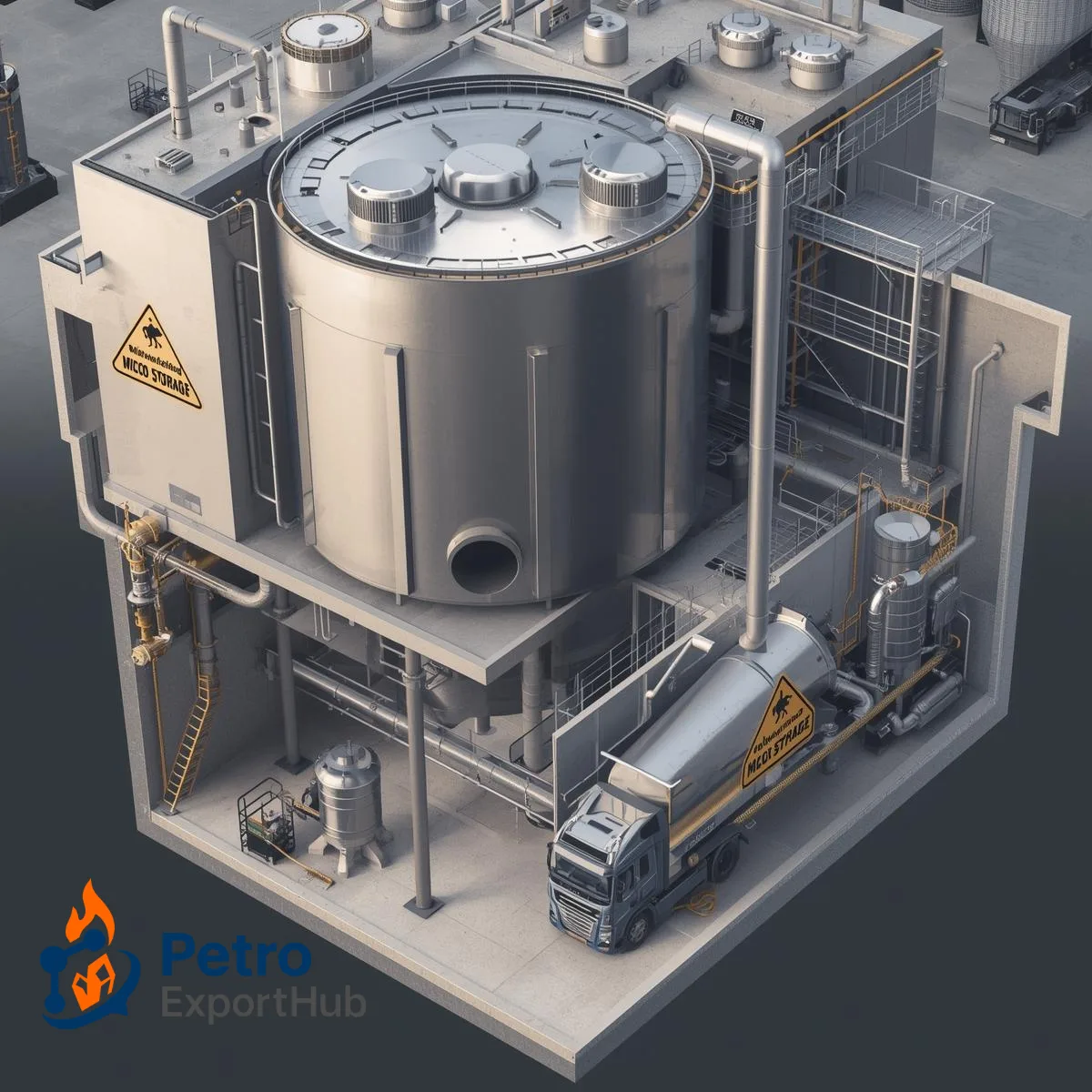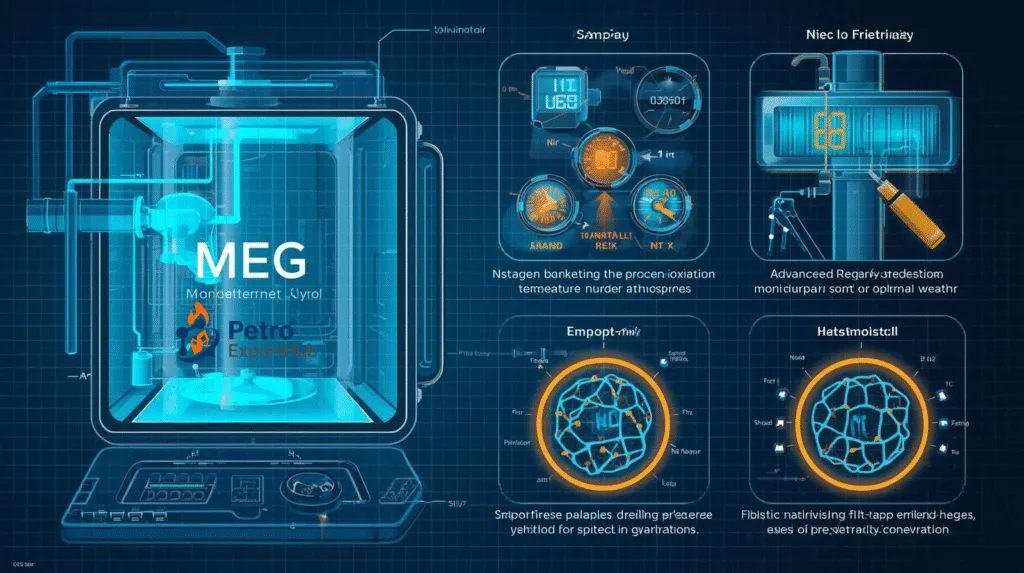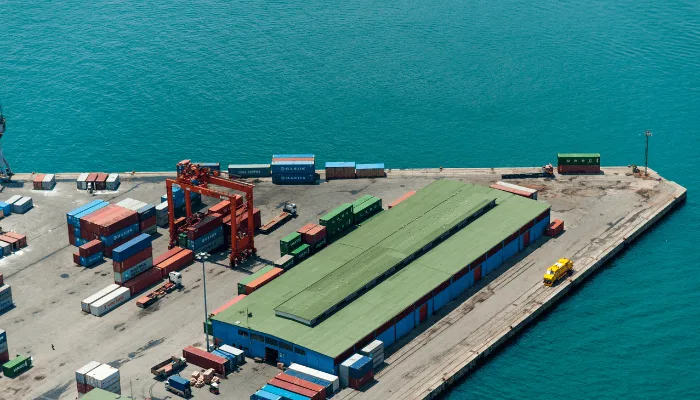
Mono Ethylene Glycol Storage and Handling: Best Practices for Buyers
For companies purchasing large volumes of Mono Ethylene Glycol (MEG), safe storage and efficient handling are just as important as negotiating contracts. While buyers often focus on finding a reliable monoethylene glycol supplier or tracking global monoethylene glycol price trends, proper on-site practices ensure both safety and product quality. Incorrect handling can lead to contamination, material degradation, or even safety hazards, making best practices essential for every buyer.
Key Storage Requirements
Tank Material
MEG should be stored in carbon steel, stainless steel, or aluminum tanks.
Avoid copper and zinc alloys, which may cause unwanted reactions.
Temperature Control
Ideal storage temperature: 20–40°C.
Keep away from direct sunlight or heat sources to avoid degradation.
Moisture Protection
MEG is highly hygroscopic, meaning it absorbs water from the air.
Tanks must be sealed properly with nitrogen blanketing when possible.
Safety Precautions
Install leak detection systems.
Follow SDS (Safety Data Sheet) guidelines for emergency handling.
Handling Best Practices
Transfer Methods: Use dedicated pipelines or stainless-steel pumps to avoid contamination.
Drumming & Packaging: For smaller buyers, MEG is supplied in drums or IBCs (Intermediate Bulk Containers). Packaging should be stored in shaded areas.
Personal Protective Equipment (PPE): Workers should use gloves, goggles, and protective clothing during transfers.
Spill Management: In case of leaks, use absorbent materials and avoid discharge into drains.
Comparison Table: Bulk vs Drum Storage
| Storage Type | Advantages | Considerations |
|---|---|---|
| Bulk Tanks | Lower long-term cost, ideal for large buyers | Requires investment, constant monitoring |
| Drums/IBCs | Flexible, easier logistics for small buyers | Higher per-unit monoethylene glycol price |
Market & Buyer Perspective
Even when buyers secure a favorable monoethylene glycol price, poor storage can lead to higher overall costs due to product loss or contamination. For this reason:
Large industrial users often set up bulk storage linked directly to their production lines.
Smaller companies may prefer to source from a monoethylene glycol supplier who can deliver in drums or IBCs with proper sealing.
Maintaining global standards in handling ensures buyers meet regulatory compliance, especially for exports.
Future Outlook
As global MEG demand continues to grow—especially in polyester, packaging, and automotive industries—buyers must not only compare offers from each monoethylene glycol supplier but also invest in proper storage solutions. This dual approach reduces risks and keeps product quality consistent, regardless of regional monoethylene glycol price volatility.
5-Line Summary
Safe storage and handling of Mono Ethylene Glycol (MEG) are critical for buyers across industries. From temperature control to moisture protection, proper practices ensure product purity and cost efficiency. Even with a competitive monoethylene glycol price, poor handling can increase costs. Partnering with a reliable monoethylene glycol supplier and following SDS guidelines remain the best ways to protect both investments and safety.

Looking for Monoethylene glycol suppliers ?
- Contact Us today and get connected with producers and export-ready logistics.
- sales@PetroExportHub.com

Related posts
Mono Ethylene Glycol (MEG) serves as a cornerstone for modern antifreeze and coolant formulations, offering reliable freezing protection and heat resi . . .
Explore Solvent 100’s specs, uses, and export opportunities from Iran. Ideal for paint, ink, and adhesive buyers in India, Turkey, UAE, and Africa. . . .
Explore everything you need to know about exporting sulphur from Iran in 2024 — including types, packaging, documents, ports, prices, and top import . . .
Explore Iran’s top ports for petrochemical exports, including Bandar Imam Khomeini, Assaluyeh, and Bandar Abbas. Compare infrastructure, accessibili . . .
Learn the key differences between polypropylene (PP) and polyethylene (PE), their applications, advantages, and how to choose the right polymer for yo . . .
Discover how a Turkish plastics manufacturer reduced costs by 22% through importing HDPE from Iran. Real-world case study by PetroExportHub. . . .
Learn why Iran is a leading exporter of polyethylene (PE). Discover grades, global applications, and how PetroExportHub connects buyers with top suppl . . .
We are here to answer your questions....
Petro Export Hub
PetroExportHub specializes in the export of premium-grade petrochemicals, minerals, and industrial chemicals from Iran, serving international markets with reliability, transparency, and tailored logistics solutions
Tehran Office
Phone:
0214865484 | +989127607241
Address:
Tehran..
China Office
TEL :
0211400
Address:
Zhongzhou Bie Lu, Zhongcheng Street, Yiwu City, Zhejiang Province, China
Quick Access
Quick Access
- Contact Our Sales Team
- Frequently Questions
- Shipping & Logistics
- Become a Partner
- Certificatins & Quality







